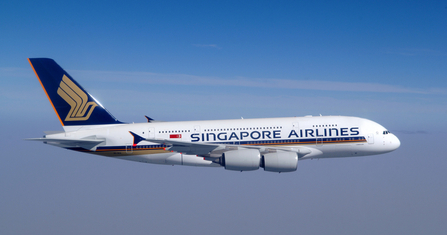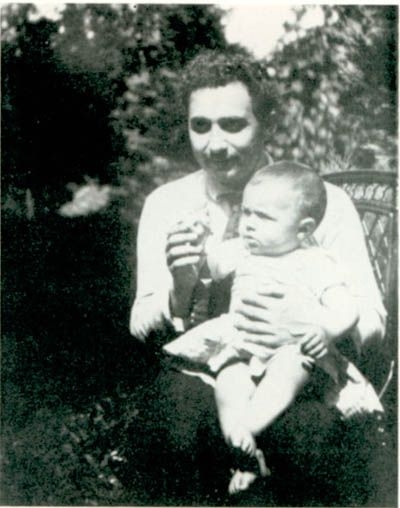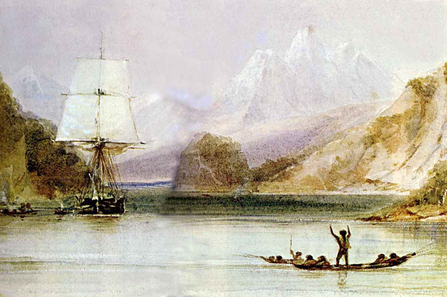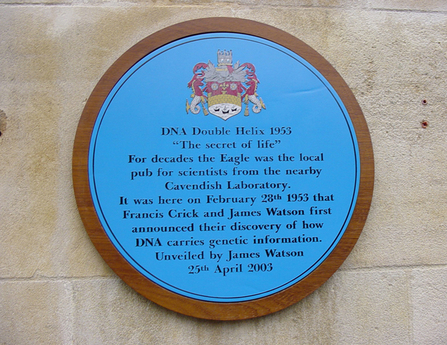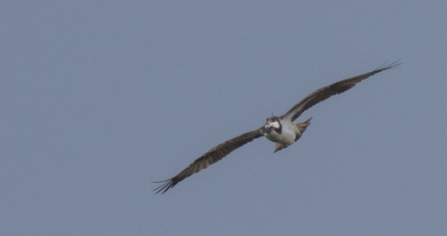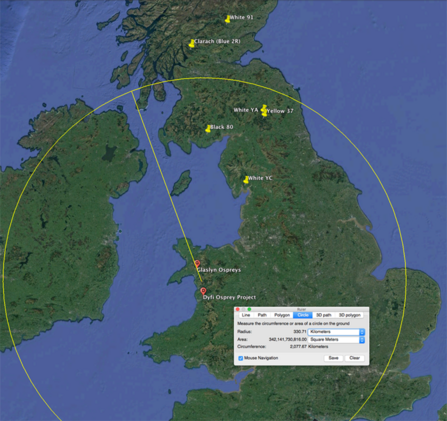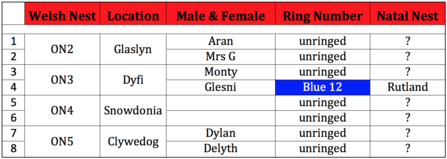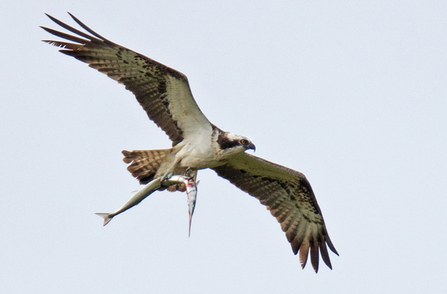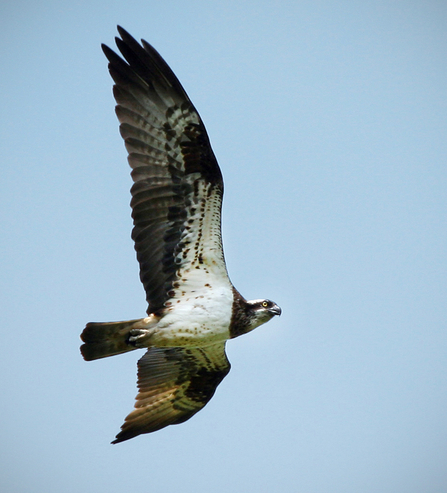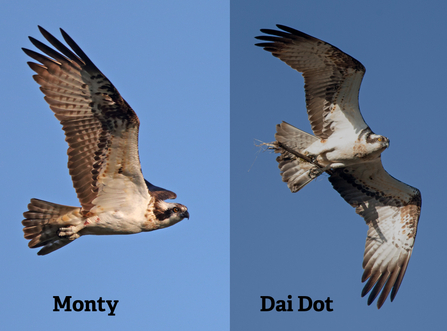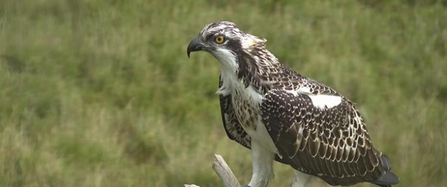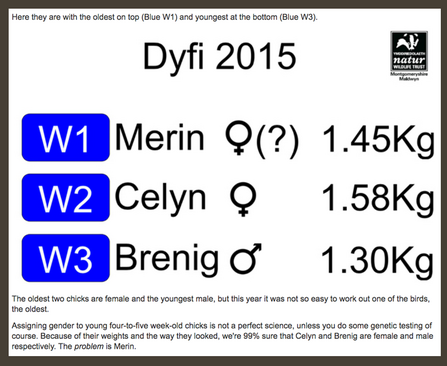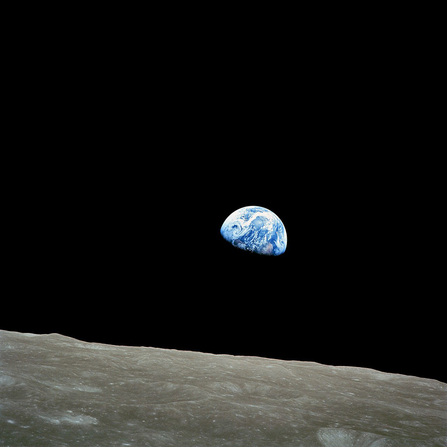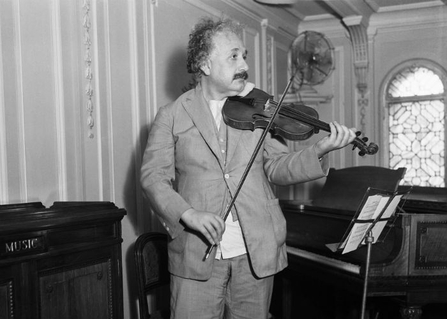"I'm so lucky to be alive right now"
Throughout 2017 I've repeatedly heard people say this phrase or something very similar to it. Whether it be on TV documentaries, radio, but particularly on DOP social media or in person. But why are people saying this and what do they mean?
Nain a Taid
I used to love visiting my grandmother's house as a child. She would tell me stories about the time she used be a morwyn (maid) at Glynllifon, the stately home of Lord Newborough and the hardships of my grandfather's working conditions and life in general. I never met Idris, my Taid, he was a chwarelwr (slate quarry man) and had died of Consumption many years before I was born.
To me they were just stories, albeit interesting ones. It's only when one grows older that you fully grasp the hardships that these people endured just to keep going, how tough it was just to stay alive.
Nain was born in 1901; a time before aeroplanes, radio, telephones and antibiotics. To get an urgent message to someone quickly you summoned a horseman, if you had the money or knew someone with an animal, and they would take the message to the recipient for you.
Einstein was yet to publish a little theory he was mulling over about how the universe worked and Charles Darwin was less than 20 years deceased. Yet, despite feeling so close to these times both on a physical and cultural level, the world we inhabit today seems utterly unrecognisable to the world our very near ancestors lived in.
If Einstein wanted to travel from London to New Zealand as a young man, the fastest journey time he could have achieved was three months on a ship. Today he could travel London to Auckland in less than a day (23hrs 30 mins with Singapore Airlines to be exact), almost 100 times quicker.
A380 top speed: 634 mph; 100 years before the Titanic's top speed in 1912 was 26 mph

